Commenti / Domande (106)
![]() Ceci ha scritto:
Ceci ha scritto:
For the diagram M.1, you are starting from the bottom of the diagram not the top right? As from the photos it seems like you should be starting from the bottom of the pattern M1?
02.04.2024 - 19:52DROPS Design ha risposto:
Dear Ceci, the piece is knitted from the TOP and DOWNWARDS, so the pattern will sit right if you start the diagram from the bottom. Happy Knitting!
02.04.2024 - 23:47
![]() Ceci ha scritto:
Ceci ha scritto:
For the Body section, after you've slipped the front and back pieces to the needle, do you continue knitting back and forth on the circular needle or do you knit in the round? Or do you only start knitting in the round on the last 2cm?
02.04.2024 - 19:51DROPS Design ha risposto:
Dear Ceci, after slipping together the pieces for the body, you should knit all the stitches on the round. Happy Knitting!
02.04.2024 - 23:49
![]() Ceci ha scritto:
Ceci ha scritto:
Amazing thanks a lot for the explanation!
19.03.2024 - 18:21
![]() Ceci ha scritto:
Ceci ha scritto:
Thanks for your answers, but with circular needles, you knit one row then Purl the next right for garter stitch right?
19.03.2024 - 08:13DROPS Design ha risposto:
Dear Ceci, you first work back and forth on circular needle, not in the round, this means you will knit all stitches, all rows. Happy knitting!
19.03.2024 - 11:22
![]() Ceci ha scritto:
Ceci ha scritto:
Sorry for so many questions, I think my main confusion is: Front piece K1 row from WS, Continue with K on all rows (=garter st) Does it mean after knitting 1 row from the wrong side, you get on with purling on the next or do you continue knitting 1 row first then change to purl? Kind regards
18.03.2024 - 18:32DROPS Design ha risposto:
Hi Ceci, You knit all rows, from both the right and wrong side, increasing as instructed in the text, then working the armholes. The yoke is continued in garter stitch (knitting all rows), then the body is worked in stocking stitch and pattern, after the front and back pieces have been joined. Happy knitting!
19.03.2024 - 06:48
![]() Ceci ha scritto:
Ceci ha scritto:
May I ask for the front piece, once you've knittied the first row on the WS, then the rests are all RS please? And you increase the stitches when you are purling? (With circular needles) Thanks a lot!
18.03.2024 - 18:26DROPS Design ha risposto:
Dear Ceci, you first knit 1 row which is the wrong side of piece, then knit all rows (back and forth on circular needle) to get garter stitch, and at the same time, on 2nd row (right side) start increasing. As you work garter stitch back and forth you will knit all stitches all rows. Happy knitting!
19.03.2024 - 11:01
![]() Ceci ha scritto:
Ceci ha scritto:
Thanks for your answers to my last question, I still don't quite get it, for the front piece. After K1 from WS, could you confirm how to find the WS from the start? And then turn and work back and forth, what does it mean? I through garter stitch on circular needle just meaning you keep knitting one row then purl on the next.
18.03.2024 - 18:15DROPS Design ha risposto:
Hi Ceci, When working back and forth (flat), you turn at the end of each row and work back. Garter stitch is knitted on all rows when working back and forth. Happy knitting!
19.03.2024 - 06:50
![]() Ceci ha scritto:
Ceci ha scritto:
Hi I am still pretty beginners at knitting, sorry for asking some questions that might seem too silly! I've casted 100 stitches, changed to circular needles size 2.5 mm by knitting one round. but I am confused on the next few steps. Because I am using circular needle, does it mean now the next step is Purl one round while doing the increase? Or still knit one round then Purl? Are you supposed to increase while knitting or purling ? Many thanks Cecilia
18.03.2024 - 14:01DROPS Design ha risposto:
Dear Cecilia, you first work each piece separately, back and forth on needle increasing on every row from right side 14 to 22 times; this means after you have cast on stitches, knit 1 row = this will be wrong side of piece, now turn and work back and forth, next row is from right side, now start increasing 2 sts at each marker (4 sts in total on every other row). Happy knitting!
18.03.2024 - 15:40
![]() Margi ha scritto:
Margi ha scritto:
Hallo, ich verstehe das mit den Markieren nicht. Heißt es, das ich bei 100 Maschen von rechts außen nach innen einen markierer in die 27.30.32. Masche setze und auf der anderen Seite in die 27.30.35. Masche einen Markierer setze? Wie kann ich dann 46 Maschen in der Mitte haben? Es sind nur 35. Bitte um Erklärung
13.06.2023 - 22:28DROPS Design ha risposto:
Liebe Margi, diese Zahlen gelten je für die Größe, so in S und M sind es 100 Maschen und die beiden Markierungen setzen Sie so: 26 Maschen zählen, 1 Markierung in die nächste (die 27. Masche einsetzen); 46 Maschen zählen, 1 Markeirung in die nächste Masche einsetzen, 26 Maschen sind jetzt übrig (die Markierungen sind jeweils in die 27. Masche ab beiden Seite). Viel Spaß beim stricken!
14.06.2023 - 07:44
![]() Mieke Baras ha scritto:
Mieke Baras ha scritto:
Ik brei de kleinste maat.Ik ben aan het stuk gekomen dat je op 18 cm opnieuw 6x 4st meerdert. In totaal is dat dan toch terug 176 st (152 +24)? In de beschrijving zegt men 180st. Is het dan niet 7x meerderen in het totaal ipv 6x? Dank voor dit mooie topje. Prettig om te breien!
29.05.2023 - 09:57DROPS Design ha risposto:
Dag Mieke,
Ja, je hebt gelijk! Dat zou weer op 176 steken uitkomen. Ik zal het doorgeven aan de ontwerpafdeling om na te kijken.
29.05.2023 - 15:53
Simply Summer#simplysummertop |
||||||||||||||||
 |
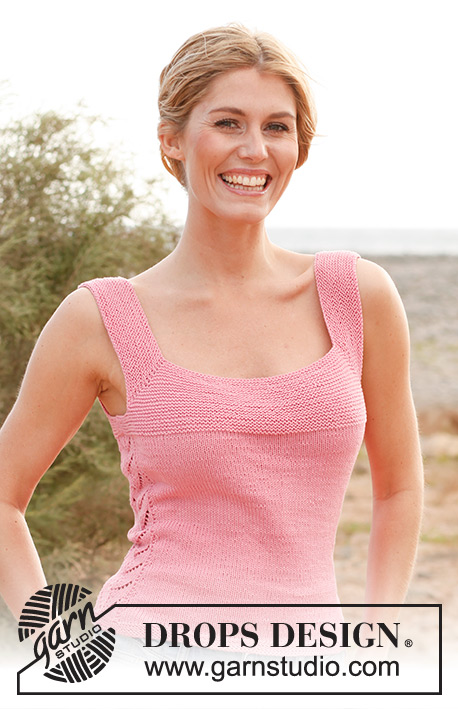 |
|||||||||||||||
Top DROPS ai ferri a punto legaccio con motivo traforato, lavorato dall’alto verso il basso in "Safran". Taglie: dalla S alla XXXL.
DROPS 137-2 |
||||||||||||||||
|
PUNTO LEGACCIO (avanti e indietro sui ferri): Lavorare tutti i ferri a dir. 1 “costa” a legaccio = lavorare 2 ferri a dir. PUNTO LEGACCIO (in tondo, sui ferri circolari): Lavorare * 1 giro a dir, 1 giro a rov *, ripetere da *-*. MOTIVO: Vedere il diagramma M.1 – il diagramma mostra 1 ripetizione del motivo. SUGGERIMENTO PER LE DIMINUZIONI (si applica ai lati): Diminuire come segue quando rimangono 2 m PRIMA del diagramma M.1: lavorare 2 m insieme a dir. Diminuire come segue DOPO il diagramma M.1: Passare 1 m a dir senza lavorarla, 1 m a dir, accavallare la m passata sulla m lavorata. SUGGERIMENTO PER GLI AUMENTI (si applica ai lati): Lavorare finché non rimane 1 m a maglia rasata prima del diagramma M.1, 1 gettata, 1 m a maglia rasata, seguire il diagramma M.1, 1 m a maglia rasata, 1 gettata. Al ferro successivo, lavorare le m gettate a diritto ritorto (lavorare quindi le m nell’asola posteriore e non in quella anteriore) per evitare che si formi un buco. -------------------------------------------------------- TOP: Si lavora dall’alto verso il basso. Il davanti e il dietro vengono lavorati prima separatamente, poi insieme in tondo. DAVANTI: Si lavora avanti e indietro sui ferri circolari. Avviare 100-100-108-108-115-121 m sui ferri circolari n° 3 con il filato Safran. Proseguire con i ferri circolari n° 2,5. Inserire un segno nella 27°-27°-30°-30°-32°-35° m da ciascun lato (= ci sono 46-46-48-48-51-51 m tra le m con i segni). Lavorare 1 ferro a dir sul rovescio del lavoro. Proseguire a punto legaccio (= lavorare tutti i ferri a dir). ALLO STESSO TEMPO al ferro successivo, aumentare 1 m da ciascun lato delle 2 m con i segni – aumentare inserendo 1 m gettata; al ferro successivo lavorare le m gettate a dir ritorto (quindi lavorare le m nell’asola posteriore e non in quella anteriore) per evitare che si formi un buco. Ripetere questi aumenti ogni 2 ferri per un totale di 14-17-17-19-19-22 volte = 156-168-176-184-191-209 m. Lavorare 1 ferro a dir sul rovescio del lavoro dopo l’ultimo ferro con aumenti. RICORDARSI LA TENSIONE DEL LAVORO! Il lavoro misura ora ca. 6-7-7-8-8-9 cm. Lavorare il ferro successivo come segue (sul diritto del lavoro): chiudere, senza stringere troppo il filo, le prime 40-43-46-48-50-56 m (= spallina), lavorare a dir le 76-82-84-88-91-97 m successive (la prima di queste m si trova già sul ferro di destra), chiudere, senza stringere troppo il filo, le ultime 40-43-46-48-50-56 m (= spallina), tagliare il filo. Lavorare il ferro successivo sul rovescio del lavoro come segue: avviare 7-9-13-16-20-24 nuove m all’inizio del ferro, lavorare le 76-82-84-88-91-97 m sul ferro e avviare 7-9-13-16-20-24 nuove m alla fine del ferro = 90-100-110-120-131-145 m. Lavorare a punto legaccio, avanti e indietro per 3-3-3-4-4-4 cm – ALLO STESSO TEMPO dopo 2-2-2-3-3-3 cm, diminuire 1 m da ciascun lato lavorando insieme a dir le ultime 2 m prima della m del bordo sul diritto del lavoro = 88-98-108-118-129-143 m. Mettere in attesa il lavoro. DIETRO: Avviare le m e lavorare come fatto per il davanti. DAVANTI & DIETRO: Mettere le m del davanti e del dietro sullo stesso ferro circolare n° 3 = 176-196-216-236-258-286 m. DA ADESSO IN AVANTI, MISURARE IL LAVORO DA QUESTO PUNTO! Lavorare il diagramma M.1 sulle 16 m da ciascun lato (quindi 8 m del dietro e 8 m del davanti = centro sotto la maniche). Lavorare le altre m a maglia rasata. ALLO STESSO TEMPO, quando il lavoro misura 2 cm, diminuire 1 m da ciascun lato del diagramma M.1, su entrambi i lati = vedere il SUGGERIMENTO PER LE DIMINUZIONI! Ripetere queste diminuzioni ogni 2½ cm per un totale di 6-6-6-6-5-5 volte = 152-172-192-212-238-266 m. Quando il lavoro misura 18 cm, aumentare 1 m da ciascun lato del diagramma M.1 – vedere il SUGGERIMENTO PER GLI AUMENTI! Ripetere questi aumenti ogni 2 cm per un totale di 6 volte = 176-196-216-236-262-290 m. Quando il lavoro misura ca. 30-31-32-32-33-33 cm (quindi 50-52-54-56-58-60 cm di altezza totale) – assicurarsi di aver completato 1 intera ripetizione del diagramma M.1, proseguire con i ferri circolari n° 2,5. Lavorare a PUNTO LEGACCIO in tondo su tutte le m per 2 cm – vedere le spiegazioni sopra! Chiudere le m a dir senza stringere troppo il filo – per chiudere le m utilizzare i ferri circolari n° 3 (è molto importante che il bordo di chiusura delle m non sia troppo stretto). Il top misura in tutto ca. 52-54-56-58-60-62 cm. CONFEZIONE: Cucire le spalline e i lati, bordo contro bordo nell’asola anteriore della m più esterna per evitare che la cucitura sia troppo spessa e troppo visibile. |
||||||||||||||||
Spiegazioni del diagramma |
||||||||||||||||
|
||||||||||||||||
 |
||||||||||||||||
 |
||||||||||||||||
Avete terminato questo modello?Allora taggate le vostre foto con #dropspattern #simplysummertop o inviatele alla #dropsfan gallery. Avete bisogno di aiuto con questo modello?Troverete 7 video tutorial, una sezione per i commenti/domande e molto altro guardando il modello su www.garnstudio.com © 1982-2025 DROPS Design A/S. Ci riserviamo tutti i diritti. Questo documento, compreso tutte le sue sotto-sezioni, è protetto dalle leggi sul copyright. Potete leggere quello che potete fare con i nostri modelli alla fine di ogni modello sul nostro sito. |
||||||||||||||||

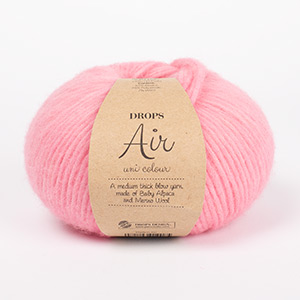














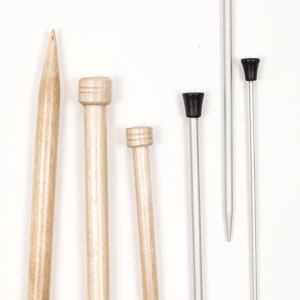
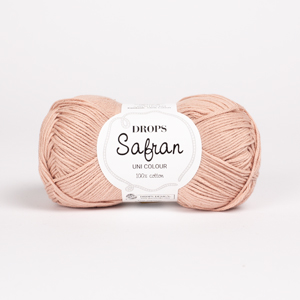












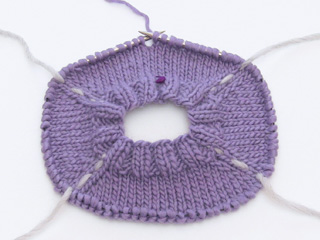
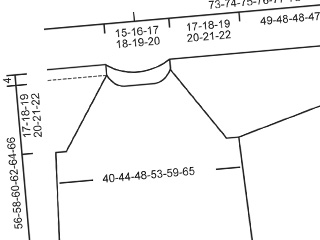


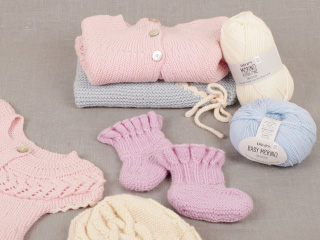

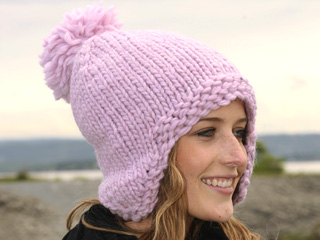
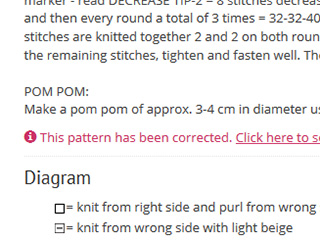
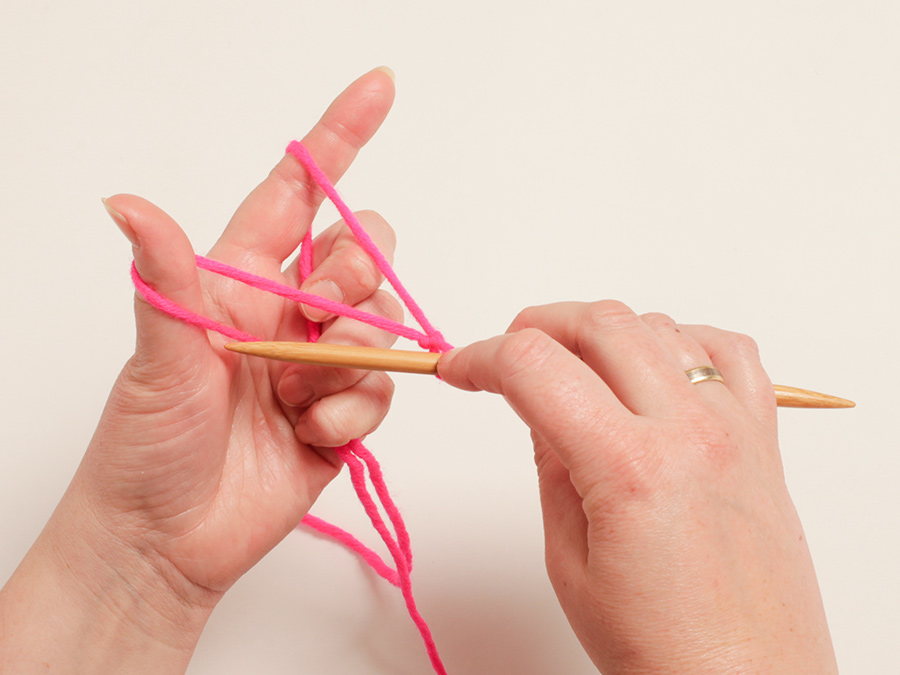

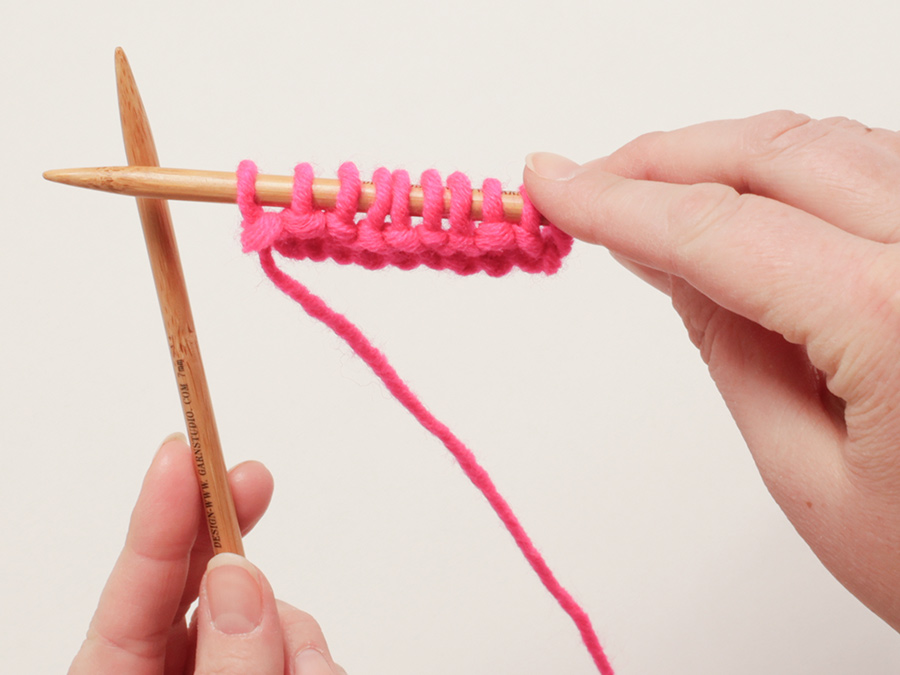
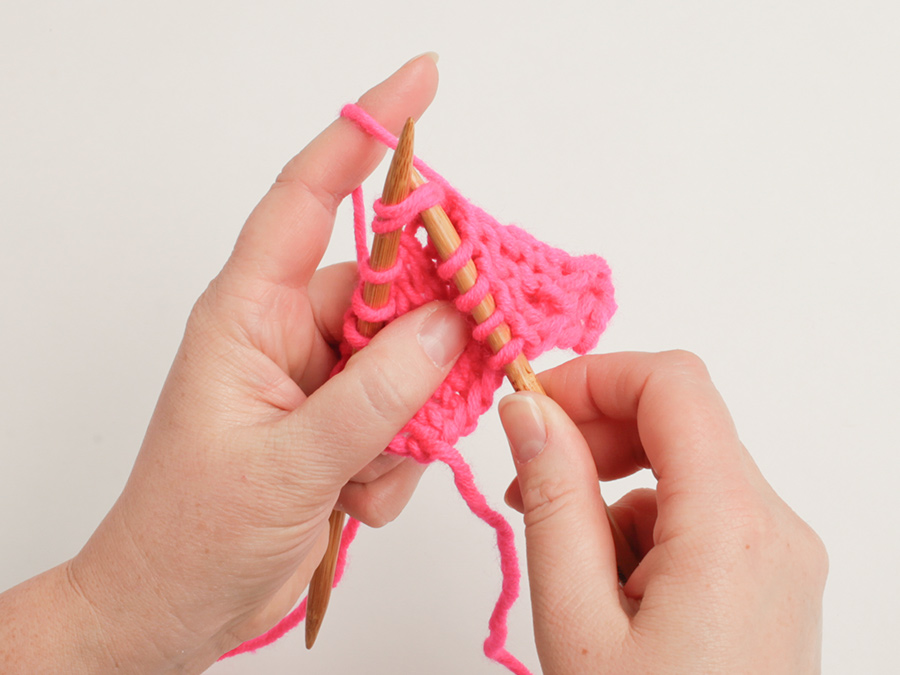
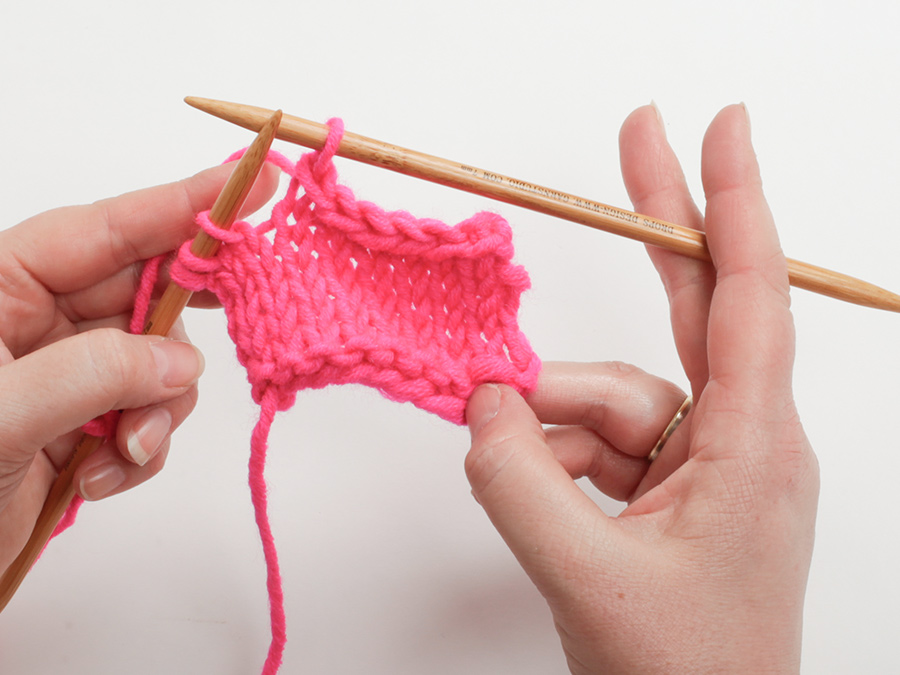

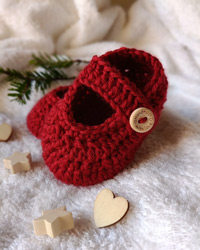
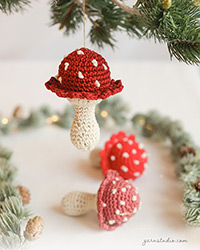
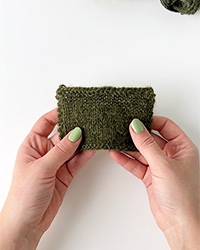

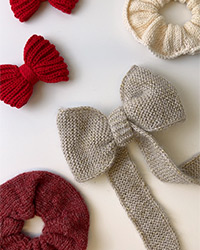
Lasciare un commento sul modello DROPS 137-2
Noi saremmo felici di ricevere i tuoi commenti e opinioni su questo modello!
Se vuoi fare una domanda, fai per favore attenzione a selezionare la categoria corretta nella casella qui sotto per velocizzare il processo di risposta. I campi richiesti sono indicati da *.